Regulatory Compliance
Regulatory compliance is a critical driver in the Marine Deck Coating Market. Governments worldwide are implementing stringent regulations regarding the use of hazardous materials in marine coatings. These regulations aim to reduce environmental impact and promote safer working conditions. As a result, manufacturers are compelled to innovate and reformulate their products to meet these standards. The market is witnessing a shift towards compliant coatings that not only adhere to regulations but also offer enhanced performance. Data suggests that the market for compliant marine coatings is expected to grow by 8% over the next few years, as companies prioritize regulatory adherence to maintain competitiveness. This focus on compliance is likely to shape product development strategies within the Marine Deck Coating Market.
Technological Innovations
Technological advancements play a pivotal role in shaping the Marine Deck Coating Market. Innovations in coating formulations, such as the development of nanotechnology-based coatings, enhance durability and performance. These advanced coatings offer superior resistance to abrasion, UV radiation, and chemical exposure, which are critical for marine applications. Furthermore, the integration of smart coatings that can self-repair or change properties in response to environmental conditions is gaining traction. Market data indicates that the adoption of such technologies could lead to a 15% increase in market share for high-performance coatings by 2027. This continuous evolution in technology not only improves product offerings but also meets the increasing demands of the maritime sector.
Sustainability Initiatives
The Marine Deck Coating Market is increasingly influenced by sustainability initiatives. As environmental concerns rise, manufacturers are focusing on eco-friendly coatings that minimize harmful emissions and promote the use of renewable resources. This shift is evident in the growing demand for water-based and low-VOC (volatile organic compounds) coatings, which are perceived as safer alternatives. According to recent data, the market for sustainable marine coatings is projected to grow at a compound annual growth rate (CAGR) of approximately 6% over the next five years. This trend not only aligns with regulatory requirements but also appeals to environmentally conscious consumers, thereby driving innovation and investment in sustainable products within the Marine Deck Coating Market.
Expansion of Maritime Activities
The expansion of maritime activities significantly impacts the Marine Deck Coating Market. With the rise in shipping, fishing, and recreational boating, there is an escalating need for effective deck coatings that can withstand harsh marine environments. The International Maritime Organization has reported a steady increase in global shipping traffic, which is expected to grow by 3% annually. This growth necessitates the use of high-quality coatings that ensure safety and longevity of marine vessels. Consequently, manufacturers are responding by developing specialized coatings tailored for various marine applications, thereby enhancing their market presence. The increasing number of vessels in operation is likely to drive demand for marine deck coatings, further solidifying the industry's growth trajectory.
Increased Investment in Marine Infrastructure
Increased investment in marine infrastructure is a significant driver for the Marine Deck Coating Market. Governments and private entities are allocating substantial funds towards the development and maintenance of ports, docks, and other marine facilities. This investment is crucial for enhancing operational efficiency and safety in maritime operations. As infrastructure projects expand, the demand for durable and high-performance deck coatings rises correspondingly. Recent reports indicate that the marine infrastructure sector is projected to grow at a CAGR of 5% over the next decade, which will likely boost the demand for specialized coatings designed for these environments. Consequently, this trend presents lucrative opportunities for manufacturers within the Marine Deck Coating Market.


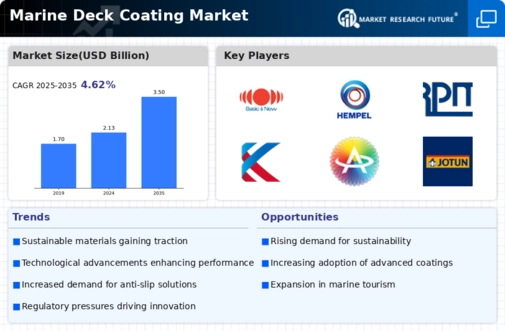


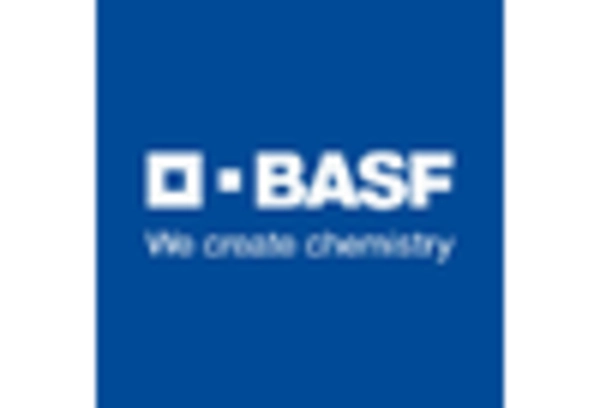
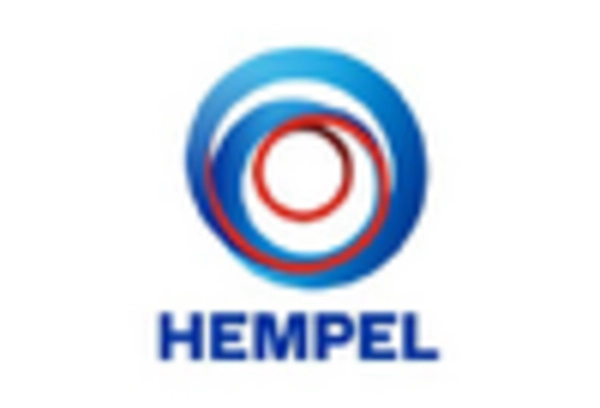
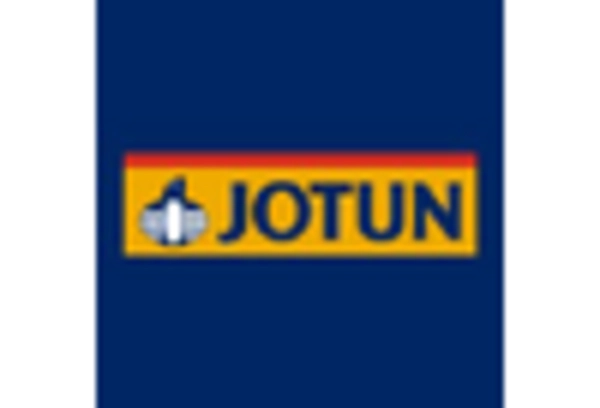
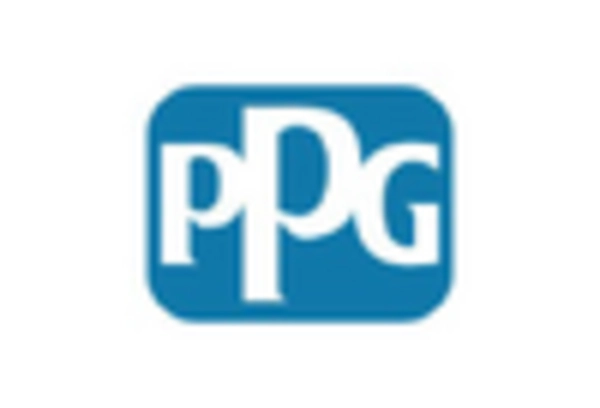









Leave a Comment